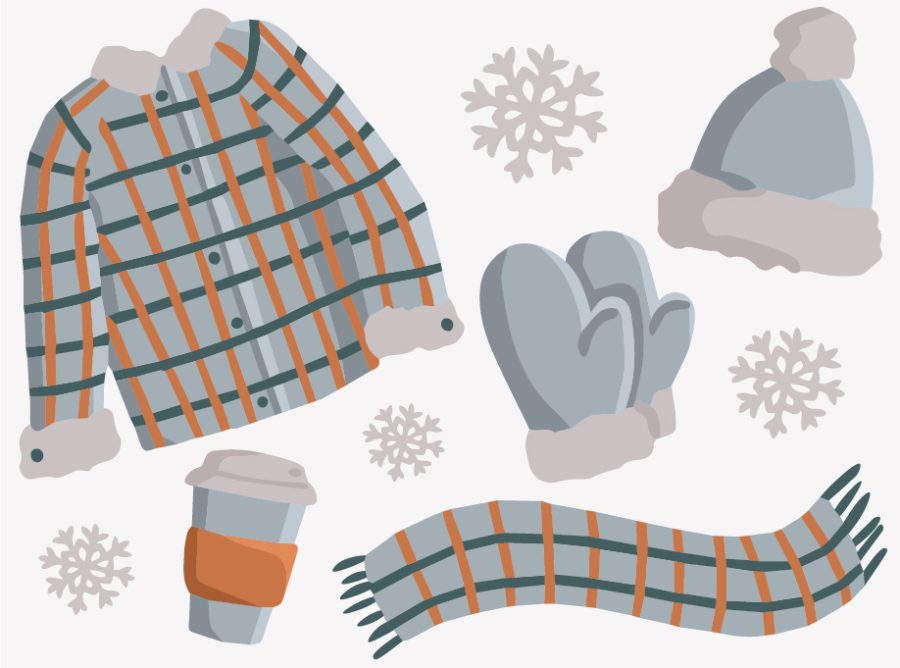What to expect of the weather this winter
As Michiganders are experiencing warmer winter each year, we are faced with enduring the closest impact of climate change. The climate of the Midwest is altering, much like the rest of the planet. This winter, however, it seems that there will not be as much of that “warm” experience for Michiganders.
According to the Department of Environment, Great Lakes and Energy, the Great Lakes area has become both warmer and wetter since 1900, with Michigan experiencing an average yearly temperature increase of two to three degrees Fahrenheit and an increase in average rainfall of around five inches.
While climate change is one of the most concerning issues of all time, the recent National Oceanic and Atmospheric Association (NOAA)’s predictions on Michigan’s winter weather this year pose additional warnings to many.
On Oct. 20, NOAA released its seasonal outlooks for the country to aid in preparation for weather and climate patterns. NOAA’s Climate Prediction Center predicts the extreme weather patterns will persist into the twenty-first century. Extreme heat and precipitation occurrences are the main weather worries in Michigan.
The National Weather Service and the NOAA’s statistics from 1874 through 2021 show that nine of the 15 hottest years in metro Detroit’s history have happened since 2001. The region’s highest average temperature was recorded in 2012, and in 2021, the temperature in the Detroit area was, on average, two degrees higher than the average from 1951 to 1980, which most scientists believe to be before recent warming trends.
In addition to the increase in average temperature, the National Centers for Environmental Information’s data from 1895 through 2021 show that six of the ten years with the highest total rainfall in Michigan have happened since 2006. In fact, in 2019, the state saw its wettest year on record.
Overall, it is predicted that Michigan will have a normal winter for temperature in the Lower Peninsula, with slightly below average temperatures forecasted in the Upper Peninsula and western Great Lakes region. However, it is also important to note that La Nina winter conditions are coming back this winter, making their third appearance.
La Nina conditions happen where a portion of the equatorial Pacific Ocean has cooler-than-normal water temperatures with the tendency of colder temperatures and more significant snowfall toward the second half of the winter. Higher frequency of rain and a couple degrees higher than average temperatures might seem like a minor concern. However, such subtle changes in the weather patterns can increase the frequency of extreme weather and change the inhabitability of the state.
With this winter expected to be colder than normal with both precipitation and snowfall above average and the snowiest months being December and January, it’s important to be aware of these factors, especially for those who have long rides home during this winter break.








